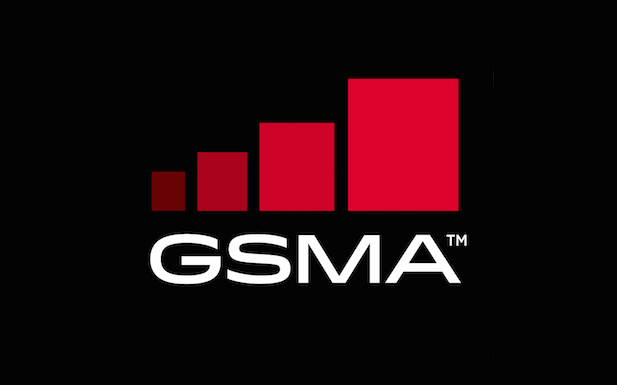The GSMA has called on Asia-Pac to “align with the rest of the world” so that L-band spectrum can harmonised for mobile services.
The industry group said that L-band spectrum, which sits in the 1350-1400MHz and 1427-1518MHz ranges, is “ideally suited” for use by mobile because of its ability to deliver additional capacity over wide areas and punch into buildings.
The GSMA believes L-band spectrum can help operators achieve economies of scale and ultimately benefit consumers.
However, it added that fragmentation in Asia-Pac meant that only 12 countries in the region supported the use of the centre portion of the band usable for mobile services.
According to the GSMA, this lack of support threatens the realisation of an additional $9 billion (€8.1 billion) in “economic contribution” through harmonised mobile access to the spectrum.
A portion of L-band spectrum is already allocated to mobile services worldwide, while another is reserved for digital radio. However, the GSMA claimed these resources went “largely unused”, adding that giving mobile access to 40MHz of spectrum at 1452-1492MHz could bring global economic benefits upwards of $40 billion (€36.3 billion).
The report comes ahead of next month’s World Radiocommunication Conference (WRC), which will address which spectrum bands should be used for specific industries.
[Read more: GSMA calls for more European support ahead of crunch WRC]
John Giusti, Chief Regulatory Officer of the GSMA, said: “With less than a week until the start of WRC-15, we hope that the Asia Pacific countries will review their position on L-band spectrum and align with the rest of the world in order to drive low-cost access to mobile services to meet rapidly growing demand, enhance rural coverage and improve service quality.”
The 12 countries in Asia Pacific supporting the use of L-bands spectrum, led by Japan, will submit a joint proposal at WRC 15 to identify the missing 1452-1492MHz for mobile broadband.
Giusti said: “We urge other Asia Pacific countries to join the proposal in support of the centre portion of the L-band so that they can leverage the enormous economies of scale that will result.
“A positive outcome at WRC-15 to support the wider L-band will allow national regulators to plan now to make sure the band is available for mobile services as the demand from citizens and businesses requires.”



